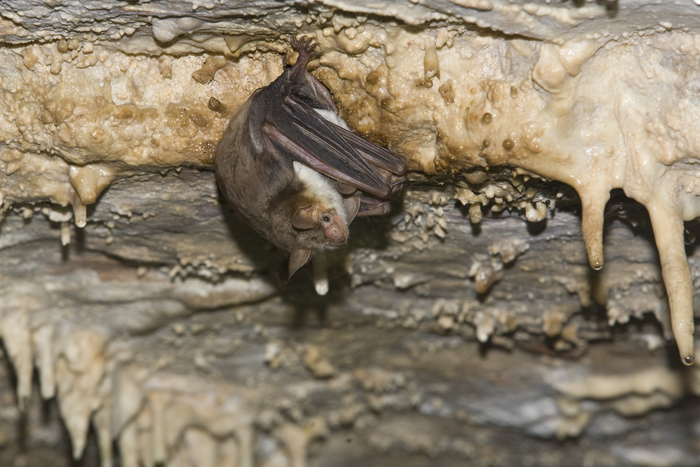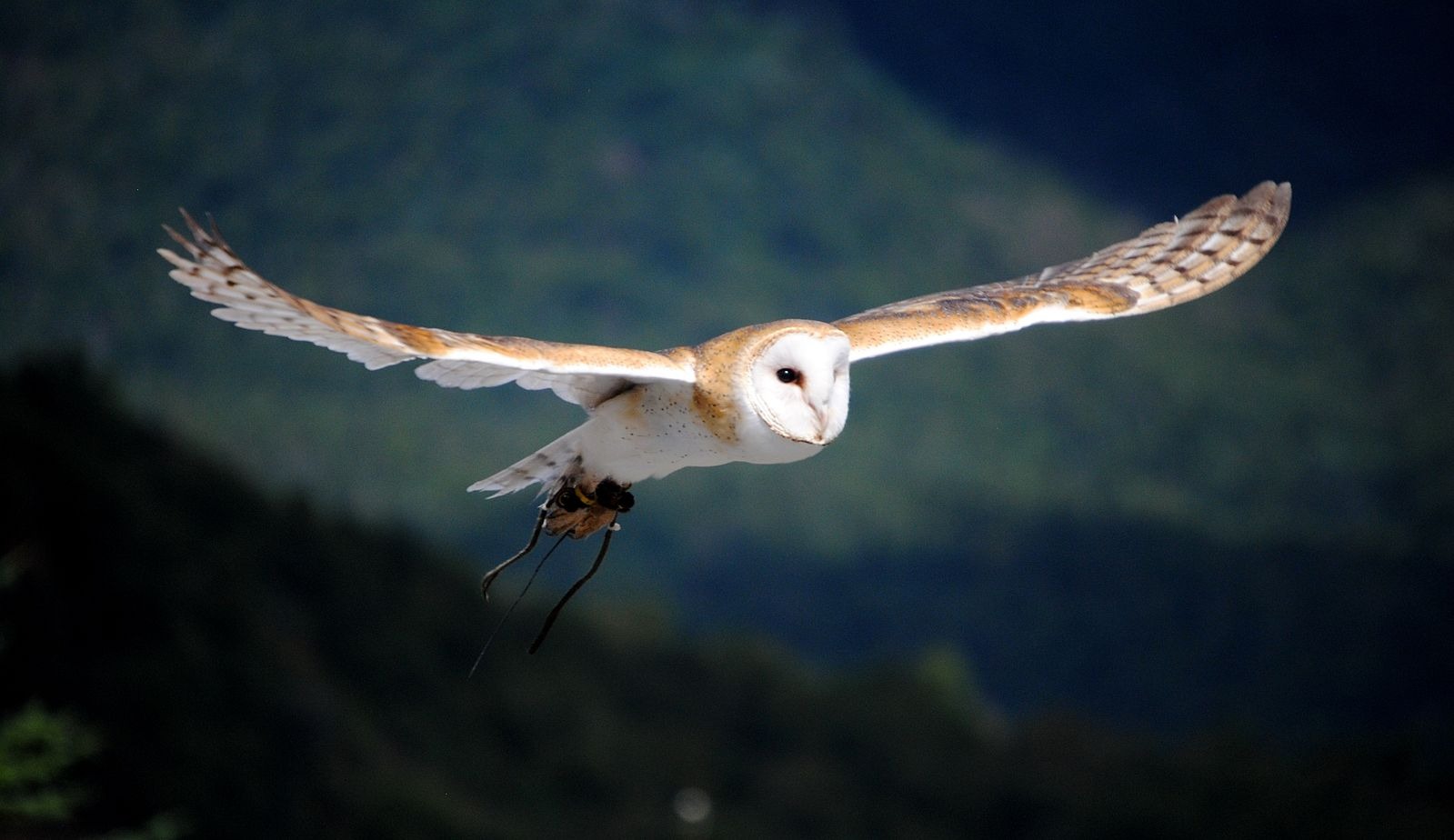
Batesian mimicry — where a harmless species mimics a harmful one to escape predators — is widespread in animals. But most recorded examples of the phenomena are visual. For instance, the harmless scarlet kingsnakes have evolved to resemble a venomous species, while the flower-loving hoverflies have adopted the persona of stinging wasps. Now, for the first time, researchers have uncovered a mammal that has developed acoustic Batesian mimicry to scare away predators.
Danilo Russo first stumbled upon the greater mouse-eared bat's (Myotis myotis) talent while working on his Ph.D. thesis report on bats. "I noticed that when we handled the bats to take them out of the net or process them, they buzzed like wasps or hornets," he said.
Years later, the animal ecologist at the University of Naples Federico II and his team set out to investigate if the sound was a coincidence or a way to fend off predators. The researchers recorded the buzzing cries of the bats when they were being captured. They then compared the sounds to four stinging insect species — two wasps and two bees. The similarities in the sounds convinced the scientists the bats were copying the insects to scare off predators.

Russo and his team tested their theory on eight barn owls (Tyto alba) and eight tawny owls (Strix aluco). Half of the birds were captured from the wild, while the rest had been raised in captivity. When the scientists played normal bat sounds, all the owls gravitated toward the speaker in search of the prey. However, the birds instantly steered away when exposed to the bat's bee-like buzzing.
The researchers, who published their findings in Current Biology on May 9, 2022, observed that the wild birds showed greater fear than the ones brought up in captivity. This indicated that the owls had previously been stung by the insects and knew to clear away when they heard the buzzing.
"Birds tend to avoid stinging insects," Russo says. "When nest boxes or tree cavities are colonized by hornets, birds do not even attempt to explore them, not to mention nest there."
But behavioral ecologist Matthew Bulbert, from Oxford Brookes University in England, isn’t convinced this is a case of mimicry. The expert argues that owls encounter stinging insects and bats in different circumstances. The former, when they are resting, and the latter, when they are actively hunting for food. Hence, it is unlikely that the owls are fooled. Instead, Bulbert believes the buzzing startles the owls, increasing the bat's chances of escaping from their clutches.
“That in itself is still pretty cool,” he says.
Resources: nature.com, sciencenews.org, livscience.com
